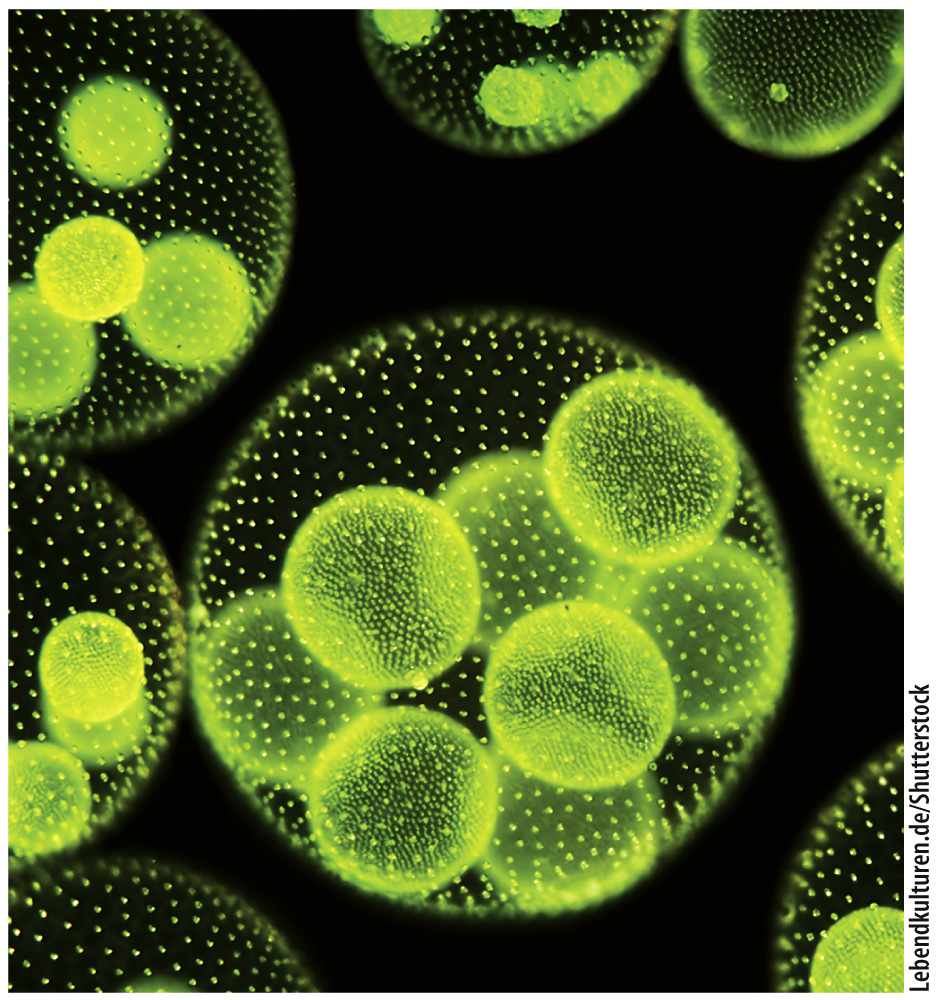Chapter 27 Introduction
CHAPTER 27
Eukaryotic Cells
Origins and Diversity

Core Concepts
- Eukaryotic cells are defined by the presence of a nucleus, but features like a dynamic cytoskeleton and membrane system explain their success in diversifying.
- The endosymbiotic hypothesis proposes that the chloroplasts and mitochondria of eukaryotic cells were originally free-living bacteria.
- Eukaryotes were formerly divided into four kingdoms, but are now divided into at least seven superkingdoms.
- The fossil record extends our understanding of eukaryotic diversity by providing perspectives on the timing and environmental context of eukaryotic evolution.
Eukaryotic cells have a nucleus—
Why then, have eukaryotes been so successful? Eukaryotic success lies in their remarkable capacity to form cells of diverse shape and size and to produce multicellular structures in which multiple cell types act in concert. Together, these innovations opened up a range of functional possibilities not found among Bacteria and Archaea.